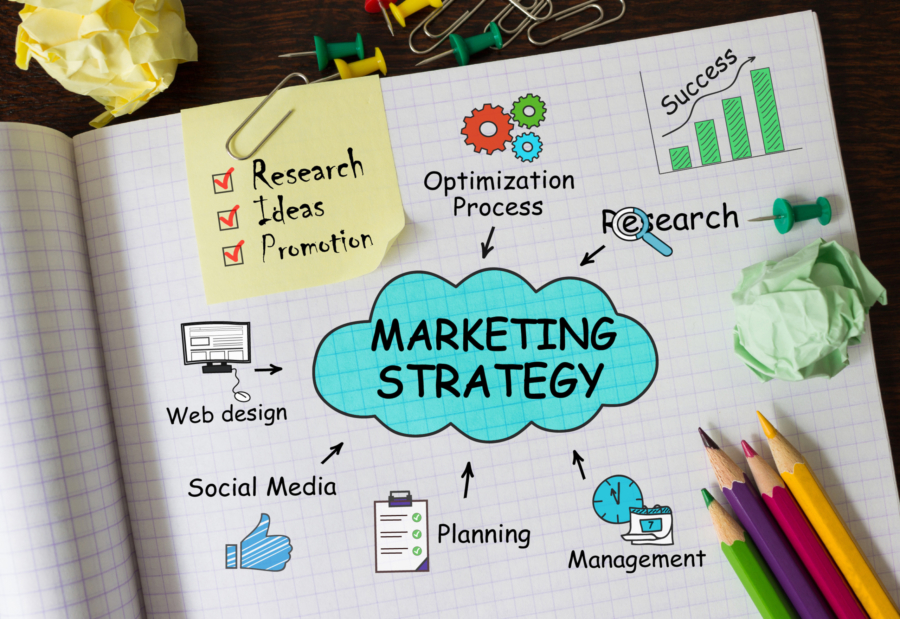Many marketers swear by the use of monthly content calendars. While there are real benefits of using content calendars, they still have their pitfalls. They require a lot of time and effort, and sometimes those things can’t
- Home
- Tag: Chicago Digital Marketing
In the fast-paced, highly competitive space of digital marketing, you never want to find your brand losing traction. While there are a variety of successful digital marketing strategies, it’s rare that it remains unchanged. The new year
Whether liked or not, the entire holiday season remains the most important time of the year for both brands and consumers. Even though Black Friday and Cyber Monday are the two largest shopping days of the year,
Onimod Global is officially 10 years old! We’re celebrating a decade of providing expert and innovative digital marketing solutions for our clients. Working with companies of all sizes, in many industries across the globe has given us
As we live and work in an era of unprecedented global transparency and digital experience-sharing, feedback has never been more business-critical than today. Feedback, both negative and positive, is constantly being shared about companies, products, and experiences.
Consistently measuring SEO results and success is crucial to maintaining an effective SEO strategy. But what exactly should you be basing your SEO success off of? With so many different measurement strategies, you need to make sure
In the recent years programmatic advertising has quickly gained a substantial amount of popularity, especially among digital advertisers. It’s estimated that they will be dedicating even more of their budgets to programmatic video inventory in 2019. It
Private messaging apps such as WhatsApp, direct messaging via social media, emails, etc. are all referred to as “Dark Social” by marketers because content shared through these platforms are particularly difficult to track and analyze. This is
The best way to improve your performance is to determine your starting point. Your potential customer does not have the patience to sit around waiting for a slow website to show up on their smartphone or desktop;
Digital marketing is forever changing and revolutionizing the way the industry interacts with consumers. The rapid evolution of digital marketing is more significant than ever. According to a survey by Adobe, 76% of those asked felt “that marketing















